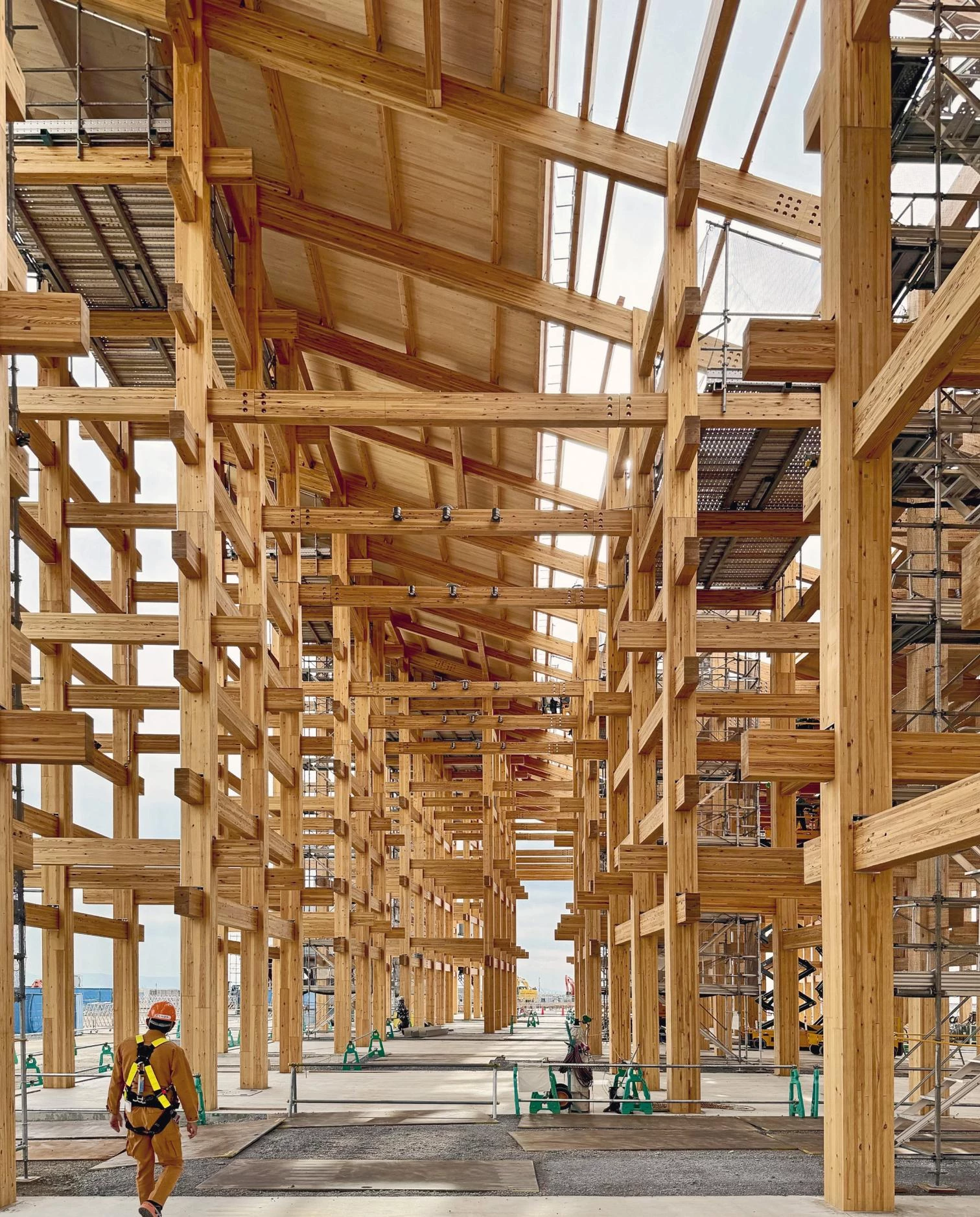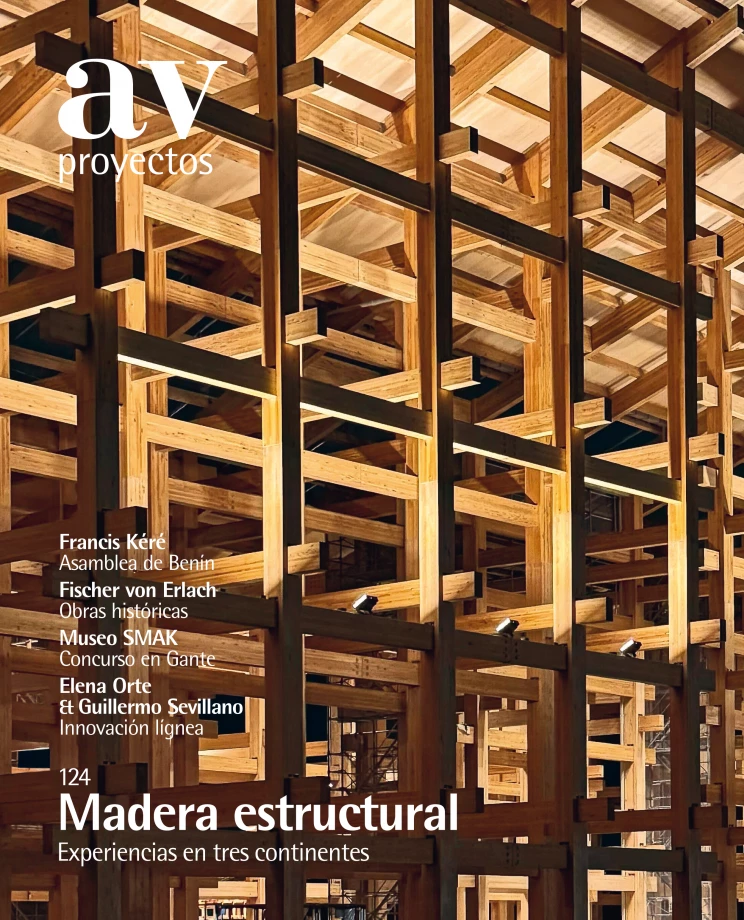
Sou Fujimoto, Expo Osaka 2025 Pavillion (Japan) © Sou Fujimoto
Except for the great monumental works in the history of Western architecture, in which stone was used to create large, vaulted structures, the most commonly chosen material to cover space was solid wood. Several features supported its use in the construction of slabs and roofs: its connatural straight and long form, which allows to bridge spans of up to the length of the original trunk without great constructive complication; its low density, which means a low self-weight that not only favors its manipulation on site, but also reduces the stress that supporting pieces must withstand; its capacity to respond positively to bending, optimal to face the action of gravity which is perpendicular to that of elements placed parallel to the ground plane, such as beams and joists; its relatively soft constitution, which facilitates its mechanical handling, favoring assemblages and unions between different components to build three-dimensional structures capable of bridging much longer spans than those covered by unitary elements; and its capacity to present important deformations before reaching the breakage point, which permits anticipating pathologies and risks in the covering elements before their collapse...[+]






